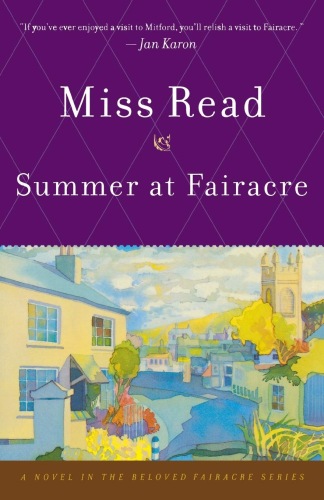
It is our fate, lying as we do between many powers, to be influenced to an extent by all and many. It is our task to accept and reject, to weld and mingle and out of our many factions to create ourselves, the One, an independent nation.
Pearl S. Buck is one of my favorite authors. Her writing is elegant, and she’s a consummate storyteller. With my new fascination with all things Korea, I was particularly interested in reading her novel, The Living Reed: A Novel of Korea. It has taken me awhile to read it because I’m much slower reading actual books these days (eye fatigue) and it was not available on audiobook. But I’m glad I stuck with it, reading a little bit each day, and therefore enjoying it even more than if I had rushed through it.
from the publisher:
“The year was 4214 after Tangun of Korea, and 1881 after Jesus of Judea.” So begins Pearl S. Buck’s The Living Reed, an epic historical novel seen through the eyes of four generations of Korean aristocracy.
As the chronicle begins, the Kims are living comfortably as advisors to the Korean royal family. But that world is torn apart with the Japanese invasion, when the queen is killed and the Kims are thrust into hiding. Through their story, Buck traces the country’s journey from the late nineteenth century through the end of the Second World War.
The story begins with Il-han, scholar and advisor to the queen. In order to be a better advisor, he leaves his family and travels around Korea. Throughout his travels, he finds a deep love for his country and his people.
With what words shall a man tell of love for his country? Before he was conceived in his mother’s womb, Il-han was conceived in the earth of his native land. His ancestors had created him through their life. The air they breathed, the waters they drank, the fruits they ate, belonged to the earth and from their dust he was born.
…He went his way swiftly then, content to do so as he perceived each day now fully the quality of his people. They were brave, they were strong, enduring hardship not only with courage but with a noble gaiety. Expecting nothing either of gods or rulers, they were grateful for small good fortune. Their strength was in themselves and in one another. They could be cruel and they were kind. They fought nature in storm and cold and under bleak skies, but they fought side by side and together. He loved them.
His sons become the next focus of the story, and their story is of the transition from the brutal ending of the Joseon period through invasion by the Japanese. Despite rebellion and revolution, the new order in the 1900s became a long occupation and suppression of the Korean culture. My husband and I had recently watched the Korean drama, Mr. Sunshine, which takes place during this transition time in Korea. It is a series (on Netflix) well worth watching — beautifully written and filmed! It provided a wonderful visual understanding of that tumultuous period of time, and went beautifully with Ms. Buck’s epic story.

The surviving son of Il-han became a revolutionary, and his story, and the story of his son, takes us through the Second World War, with all the complexities of the struggle for Korean independence. A conversation between the old scholar and his son best described the strength of the Korean people over time, and why they survived continual invasion and oppression by the surrounding countries.
“I remember the day my brother was born, and I broke the bamboo shoots, and you told me they would never come up again. You were right, of course, those broken shoots did not grow again. Hollow reeds, you called them. I felt my heart ready to break at what I had done. But then you told me that other reeds would come up to take their place. And every spring I went to the bamboo grove to see if what you said was true. It was always true.”
…“What do you tell me?” Il-han demanded. “This,” Yul-chun said, “that if you never see me again, or never hear my name again, remember—I am only a hollow reed. Yet if I am broken, hundreds take my place—living reeds!”
This book was truly an epic story, and knowing very little about Korean history, I enjoyed learning about it through Pearl Buck’s research and insightful understanding of the culture and character of the Korean people.
This book was one of my choices on my list of 50 books in 5 years for The Classics Club. It is also part of my personal challenge to read the works of Pearl Buck. And it add to my education about Korea!





































